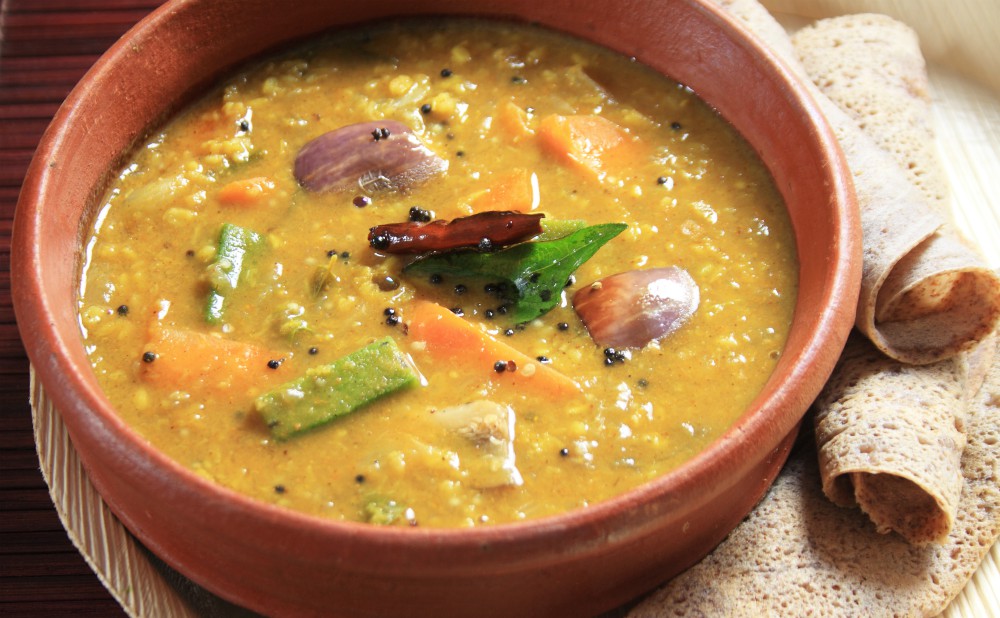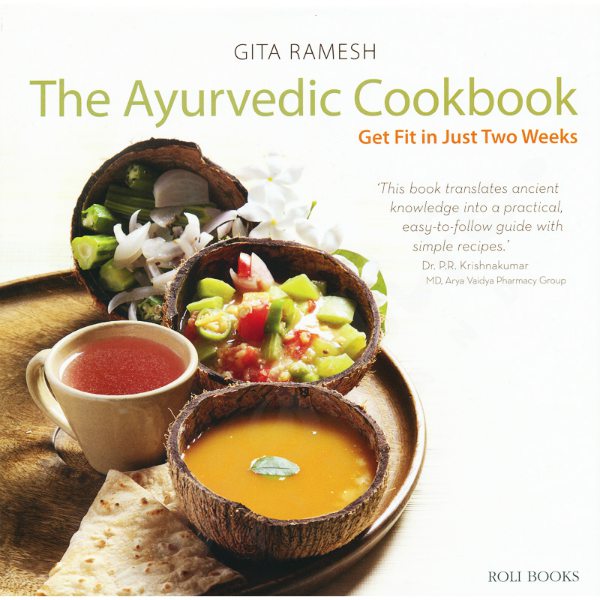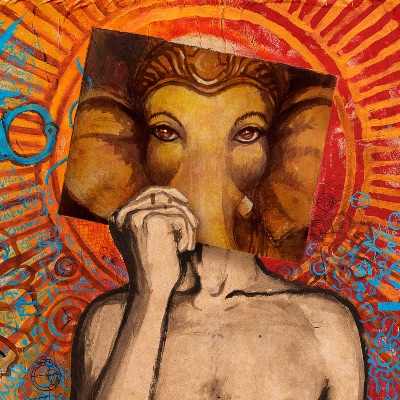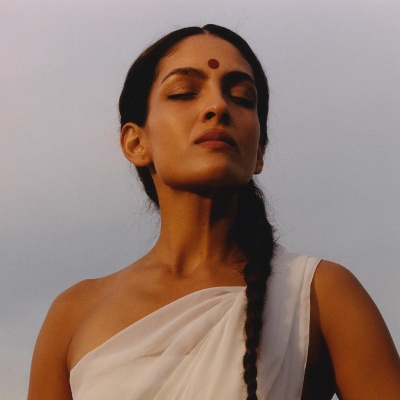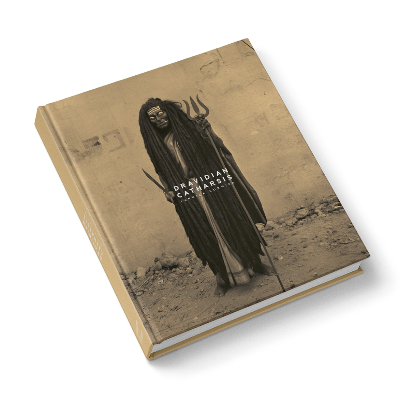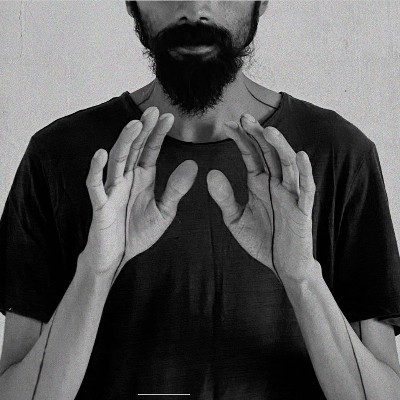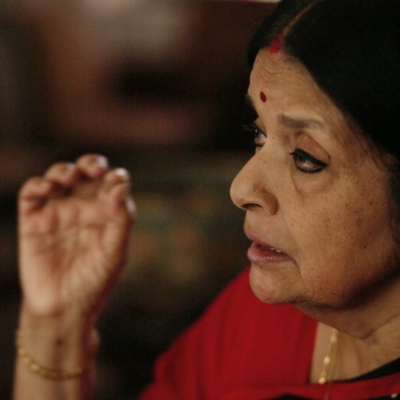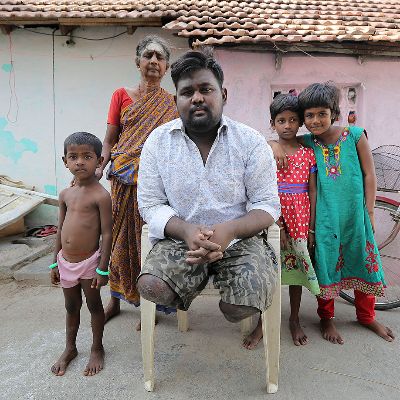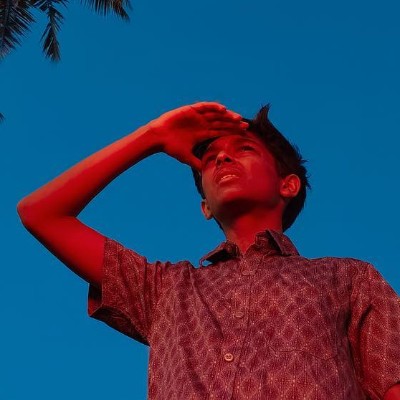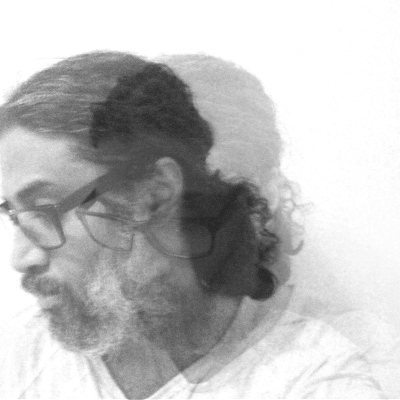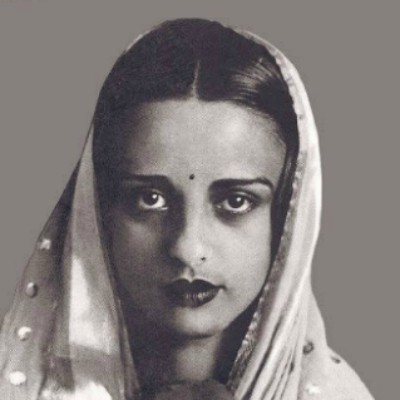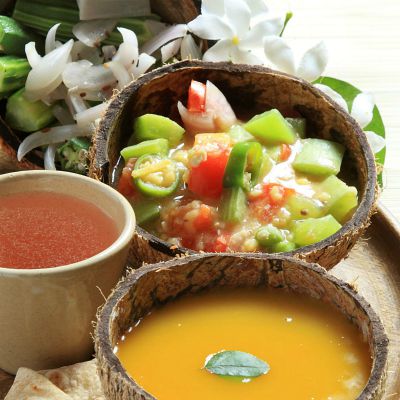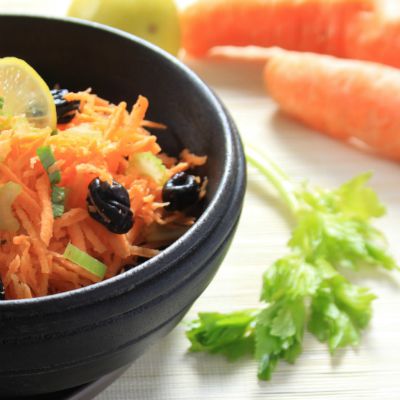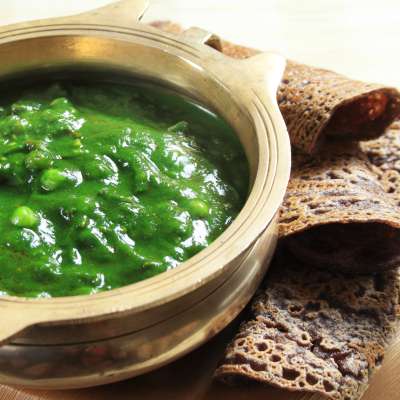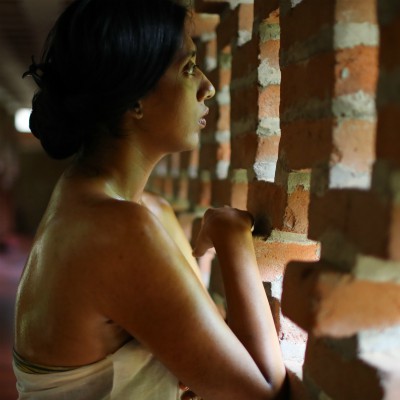STYLE |
A PHP Error was encountered
Severity: Notice
Message: Trying to get property 'slug' of non-object
Filename: front_end/article.php
Line Number: 987
Backtrace:
File: /home/ayurveda/indiainstyle.in/application/views/front_end/article.php
Line: 987
Function: _error_handler
File: /home/ayurveda/indiainstyle.in/application/controllers/Article.php
Line: 157
Function: view
File: /home/ayurveda/indiainstyle.in/index.php
Line: 317
Function: require_once
Line: 987
Function: _error_handler
Line: 157
Function: view
Line: 317
Function: require_once
A PHP Error was encountered
Severity: Notice
Message: Trying to get property 'category_name' of non-object
Filename: front_end/article.php
Line Number: 988
Backtrace:
File: /home/ayurveda/indiainstyle.in/application/views/front_end/article.php
Line: 988
Function: _error_handler
File: /home/ayurveda/indiainstyle.in/application/controllers/Article.php
Line: 157
Function: view
File: /home/ayurveda/indiainstyle.in/index.php
Line: 317
Function: require_once

